Is my staircase heart pine?
jiggreen
13 years ago
Related Stories
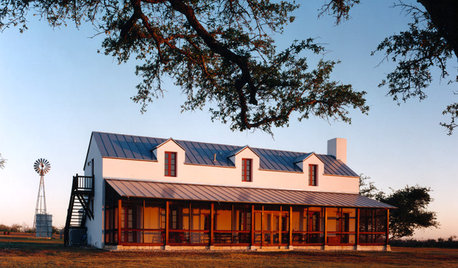
FARMHOUSESHouzz Tour: German Tradition Deep in the Heart of Texas
Rooted in architecture from the 1800s, this award-winning home mixes history with the vernacular of today
Full Story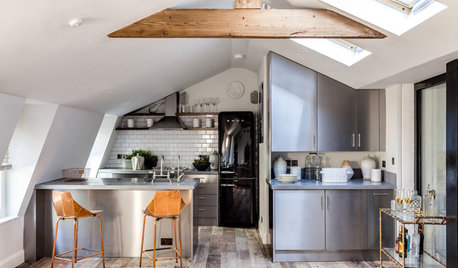
ECLECTIC HOMESHouzz Tour: Industrial Chic in the Heart of London
Reclaimed oak, black steel, a neutral palette and a touch of marble evoke subdued luxury in a 19th-century building on the Strand
Full Story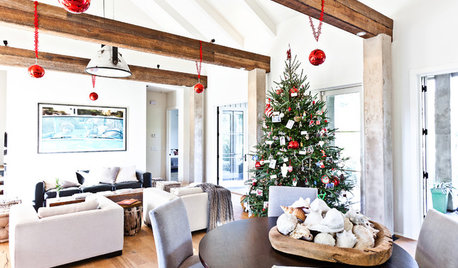
HOLIDAYSCollecting Christmas Ornaments That Speak to the Heart
Crafted by hand, bought on vacation or even dug out of the discount bin, ornaments can make for a special holiday tradition
Full Story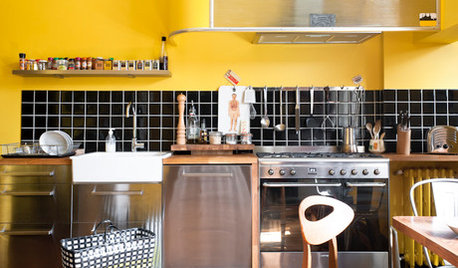
MIDCENTURY STYLEHouzz Tour: Back to the ’50s in the Heart of Bordeaux
A great laboratory for ideas, the interior of this house in Bordeaux has been renovated according to 1950s Scandinavian design
Full Story
DECORATING GUIDESBicycle-Inspired Decor to Make Your Heart Race
Celebrate the Tour de France or your own love of cycling with home decor that champions the sport
Full Story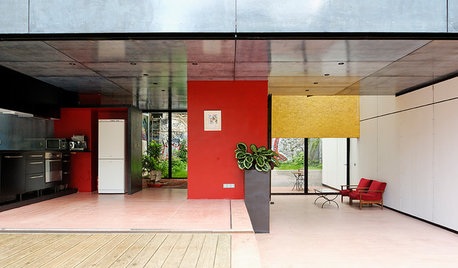
CONTEMPORARY HOMESHouzz Tour: Artful Architecture in the Heart of Paris
A contemporary 3-level house finds its place in the Parisian urban landscape
Full Story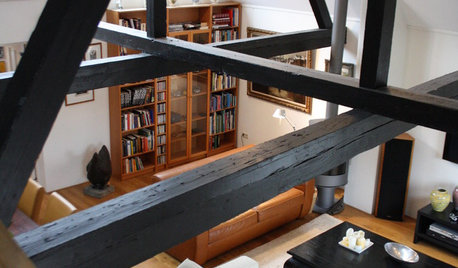
HOUZZ TOURSMy Houzz: Lofty Living in the Heart of the Randstad
Visit an eclectic city apartment where traditional style meets Asian décor, clever living spaces and art
Full Story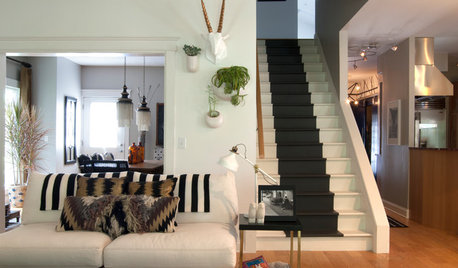
STAIRWAYSThe Upstairs-Downstairs Connection: Picking the Right Stair Treatment
Carpeting, runner or bare wood? Check out these ideas for matching your staircase floor treatment to upstairs and downstairs flooring
Full Story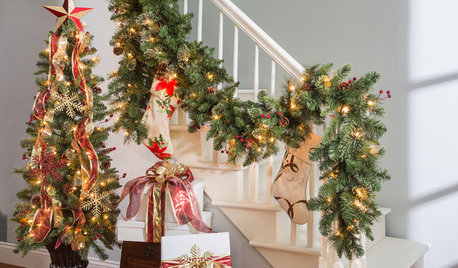
SHOP HOUZZShop Houzz: A Happy Holiday Staircase
Carry Christmas beyond the tree with these seasonal stair decorations
Full Story0
More Discussions







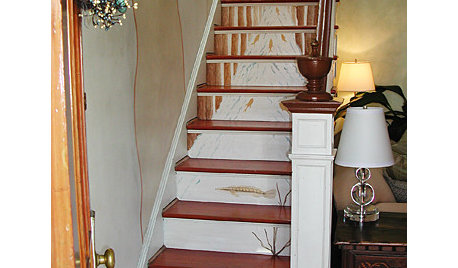





liriodendron
jiggreenOriginal Author
Related Professionals
Flint Kitchen & Bathroom Designers · Lafayette Kitchen & Bathroom Designers · North Versailles Kitchen & Bathroom Designers · Ojus Kitchen & Bathroom Designers · South Barrington Kitchen & Bathroom Designers · Cherry Hill Kitchen & Bathroom Designers · Fort Washington Kitchen & Bathroom Remodelers · Upper Saint Clair Kitchen & Bathroom Remodelers · Vista Kitchen & Bathroom Remodelers · Walnut Creek Kitchen & Bathroom Remodelers · Weymouth Kitchen & Bathroom Remodelers · York Kitchen & Bathroom Remodelers · Panama City Beach Architects & Building Designers · Parkway Architects & Building Designers · Syracuse Architects & Building Designersliriodendron
antiquesilver
jiggreenOriginal Author
antiquesilver